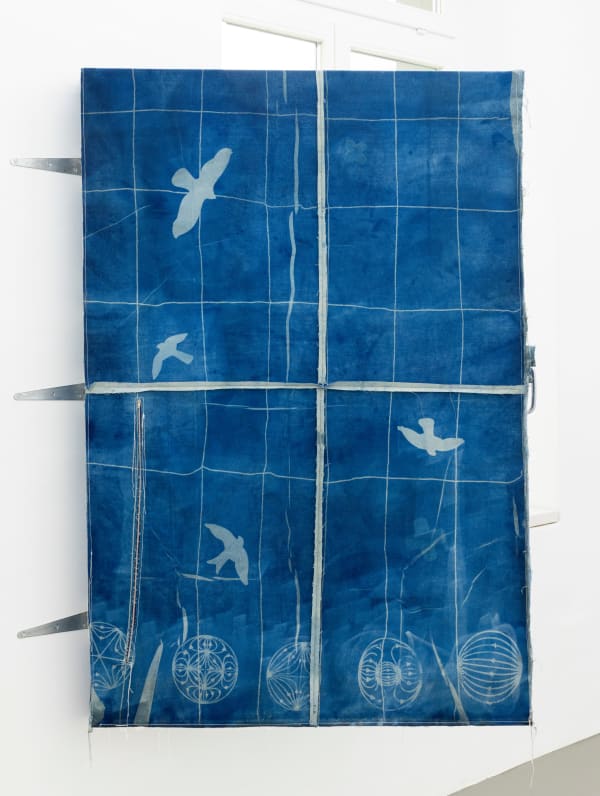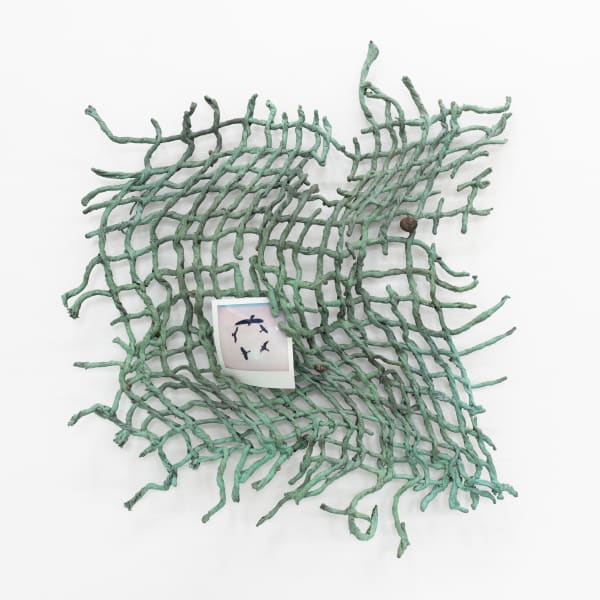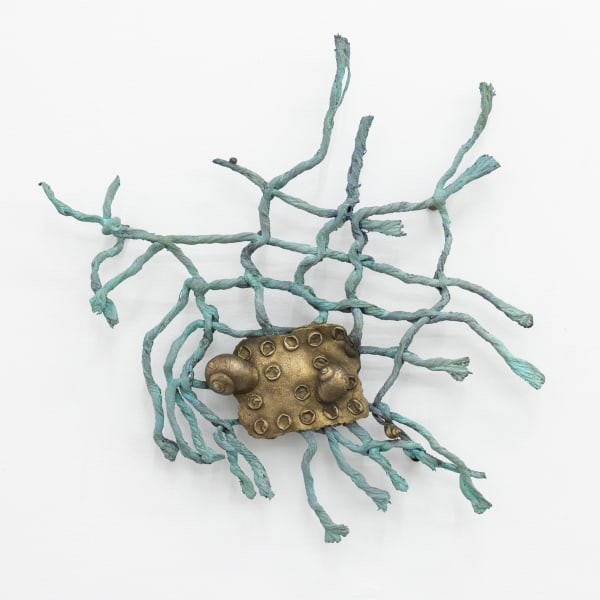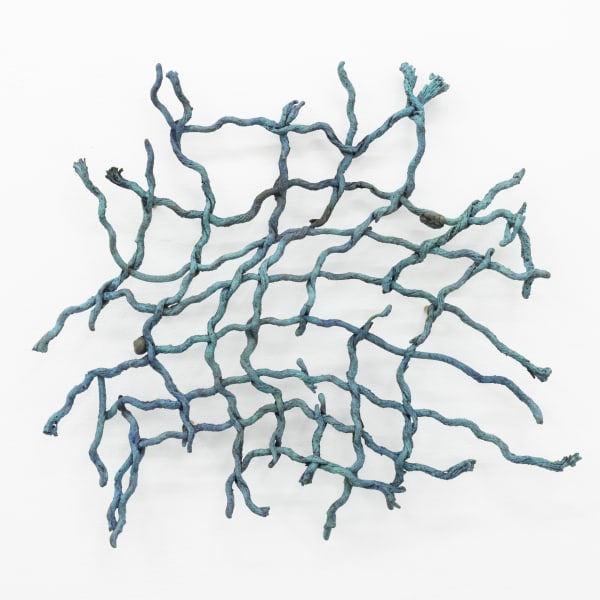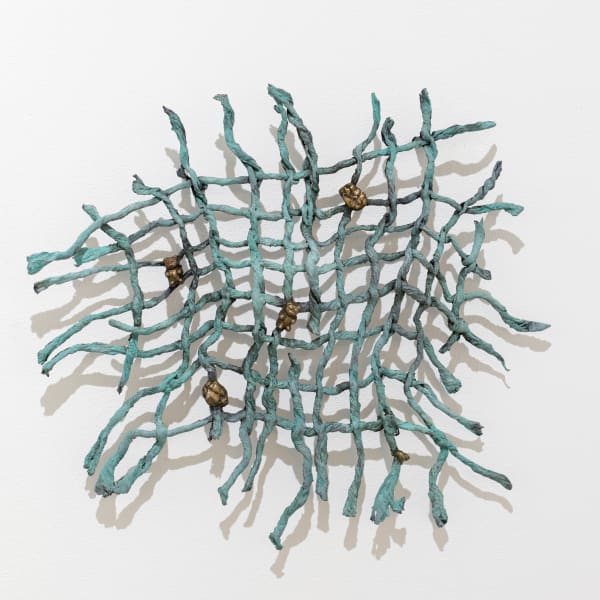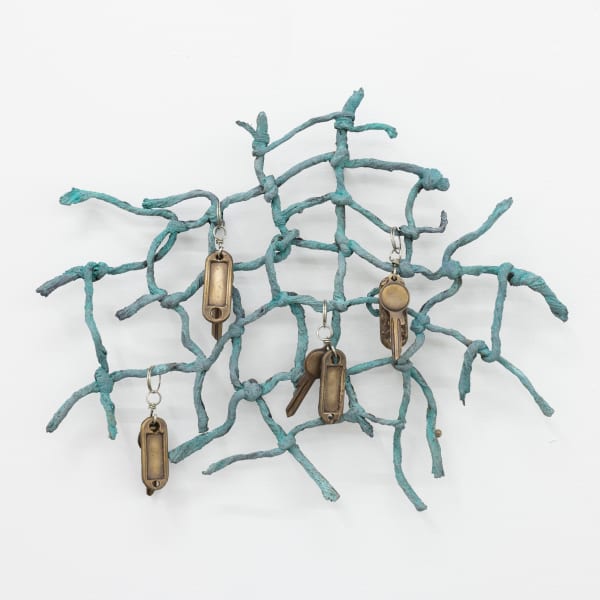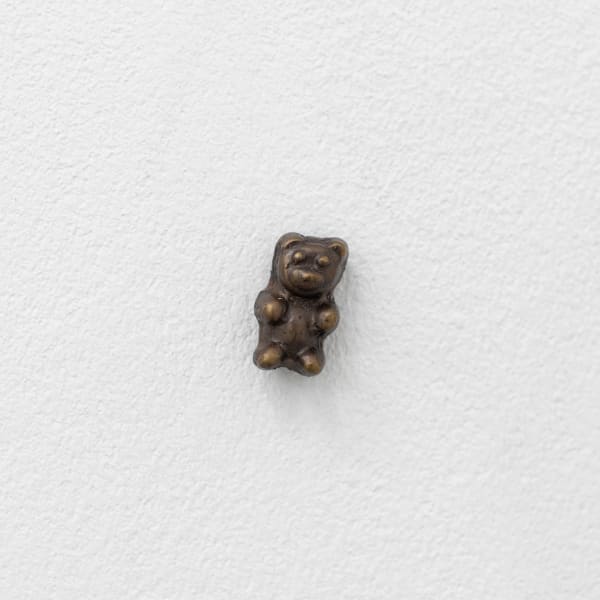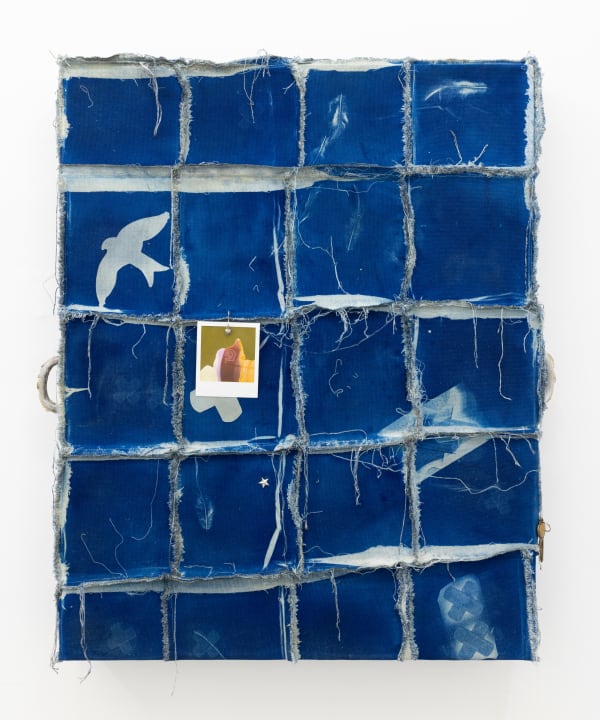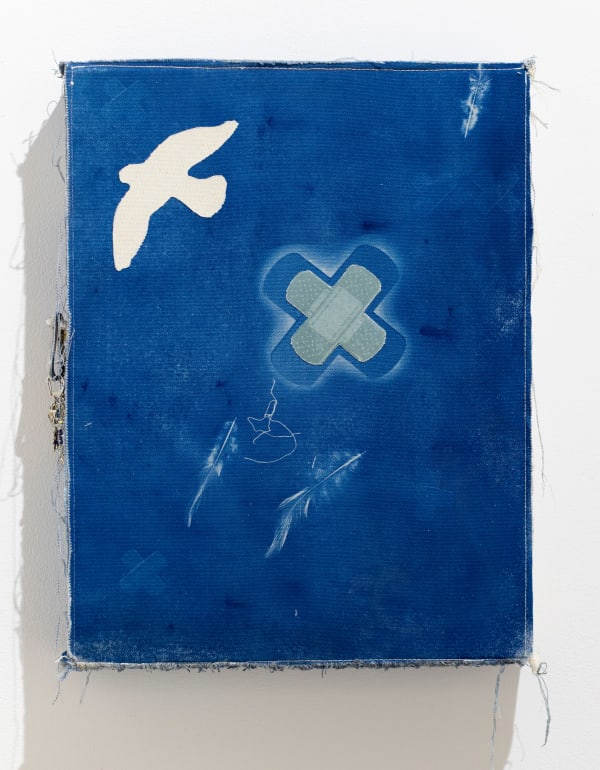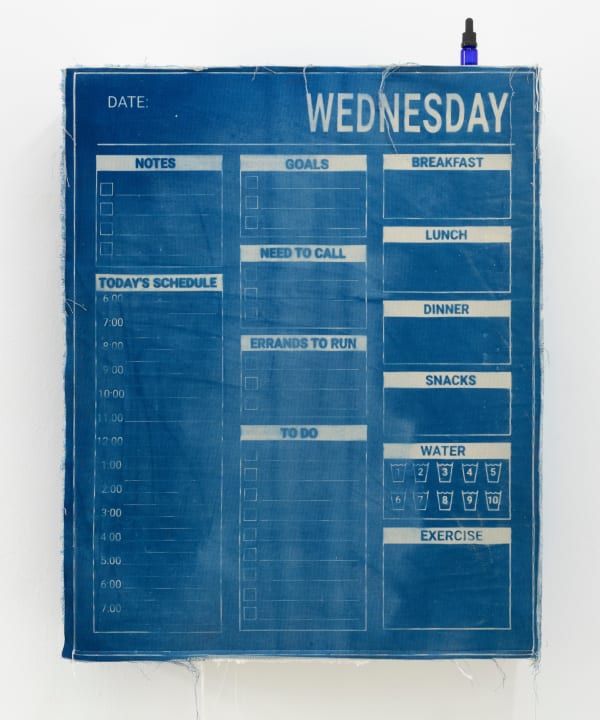Grid Core: Maya Hottarek
Monday, take your pills, a supplement of vitamins for health benefits, a coffee for energy, a ginger shot for the immune system, check the weather forecast before leaving the house, and drink enough water during the day. Tuesday, Wednesday, Thursday, Friday, repeat.
Structural patterns–to-do lists, spreadsheets, apps, calendars–have become the modern regulators of our lives. They are systems designed to stabilise the body and mind, offering a so-called structure to better cope with instability. Since the beginning of time, humans have tried to decipher the sense of existence: their purpose on earth, their relations to others, and to grasp the mysteries of what lies beyond us, the afterlife, and the universe.
Modernity has only reframed this tendency. Capital, productivity, and schemes have become measures of meaning, granting the illusion of control over what escapes us. Our emotional and pragmatic attachments to things and structures–kinds of surviving mechanisms for everyday life–now verge on a consumerist religion of well-being.
Who am I today? How do I feel? How do I relate to others? To space, time, and work? Meticulous and multilayered, Maya Hottarek’s work unravels the complex grammar of existence along the threads of life, relationships, and the everyday. For her first solo exhibition at KALI Gallery, she seeks what she calls "the sweet spots between organisation and chaos"––a space where the intimate and the universal converge. From bronze-cast nets to cyanotype panels and Chinese porcelain, her pieces navigate how systems of thought and symbology shape lives. Contemporary objects coexist with archaic symbols and celestial diagrams, stitched into fragile yet resilient constellations. Keys, chains, lucky charms, gummy bears act as companions or gestures, reminding us where we come from, whom we love, and how we move forward.
Her motifs open into wider expressions: a madonnesque Venus, melancholic and ambivalent, emerges in blue cyanotype, her gaze turned towards us. Feathers and birds evoke lightness and freedom; bandages suggest repair and healing; arrows trace water flows; and star systems situate us within forces larger than ourselves. In the space, a bronze pendulum tied with shoelaces answers yes-or-no like a divination tool, while bottles of rose water and essential oils appear as offerings or secret remedies. The snail shell, meanwhile, stands both as an emblem of portable dwelling and as a prehistoric incarnation of time’s unfolding.
If the Weird Sisters in Shakespeare’s Macbeth invoke the "wyrd"—an Old English term oscillating between fate and free will, symbolised by a net binding past, present and future—Hottarek’s grid is porous, fluid and open to interpretation. In her hand, it becomes a place within which chaos can thrive and meaning can shift. Ultimately, she offers viewers a shared emotional space: an archive, a survival kit, a political cosmology. Her work, in turn, becomes an invitation to reflect on a world in constant motion, reminding us that we must dwell within it, question it, and embrace it as the very condition of existence.
- Camille Regli
-
 Maya Hottarek, Average outcome of possible, 2024
Maya Hottarek, Average outcome of possible, 2024 -
 Maya Hottarek, Extroverted introvert, 2024
Maya Hottarek, Extroverted introvert, 2024 -
 Maya Hottarek, Introverted extrovert, 2024
Maya Hottarek, Introverted extrovert, 2024 -
 Maya Hottarek, Snail oracle, 2025
Maya Hottarek, Snail oracle, 2025
-
 Maya Hottarek, Chaos sensitivity, 2024
Maya Hottarek, Chaos sensitivity, 2024 -
 Maya Hottarek, Carrier net, 2025
Maya Hottarek, Carrier net, 2025 -
 Maya Hottarek, Constellation (still life), 2025
Maya Hottarek, Constellation (still life), 2025 -
 Maya Hottarek, Snail math, 2025
Maya Hottarek, Snail math, 2025






